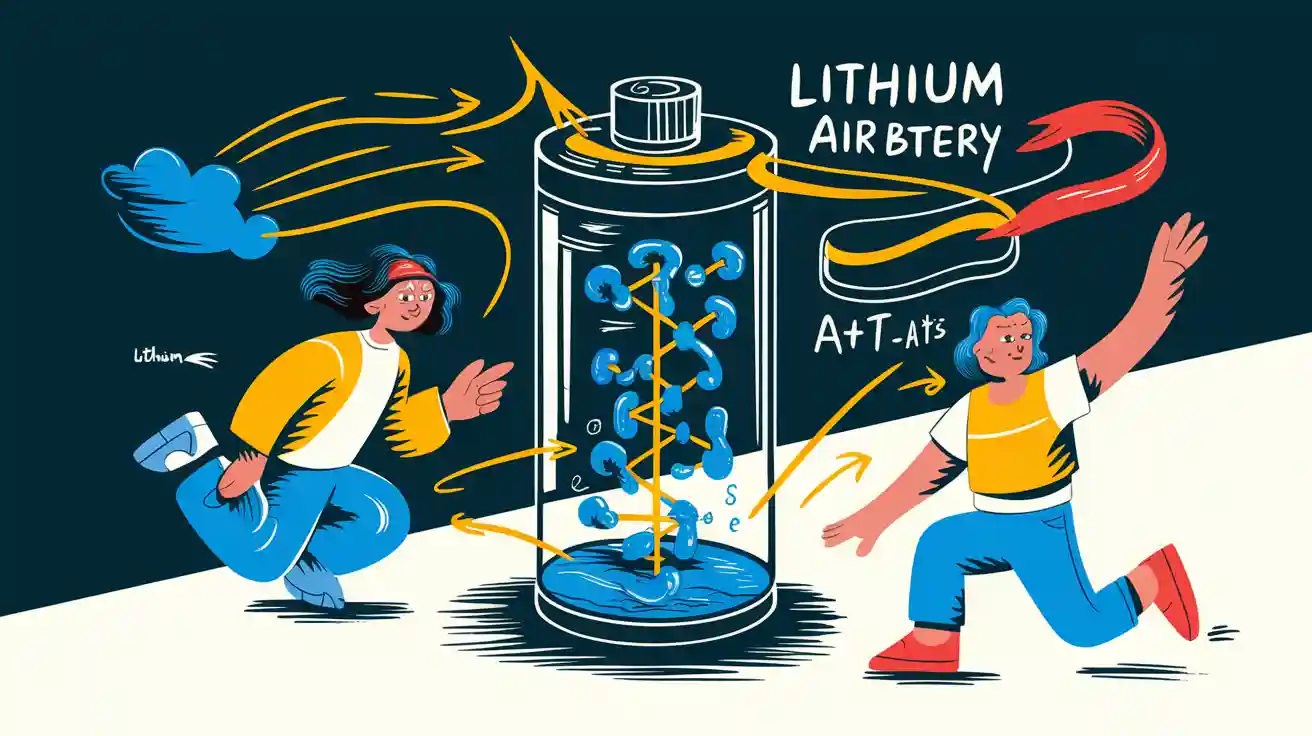
A lithium-air battery represents a groundbreaking step in energy storage technology. By utilizing lithium and oxygen, it achieves energy densities exceeding 500 Wh/kg—significantly surpassing traditional lithium-ion batteries, which range from 150 to 250 Wh/kg. This innovative design allows lithium-air batteries to store up to five times more energy, making them a transformative solution for powering electric vehicles and other high-demand applications.
Key Takeaways
Lithium-air batteries hold more energy than regular lithium-ion batteries. This makes them great for electric cars and storing renewable energy.
They use oxygen from the air, which makes them lighter. This also boosts efficiency and helps them work better in tough tasks.
Scientists are working to make these batteries last longer and stay stable. This could help them become common in green energy systems.
Part 1: What is a Lithium-Air Battery?
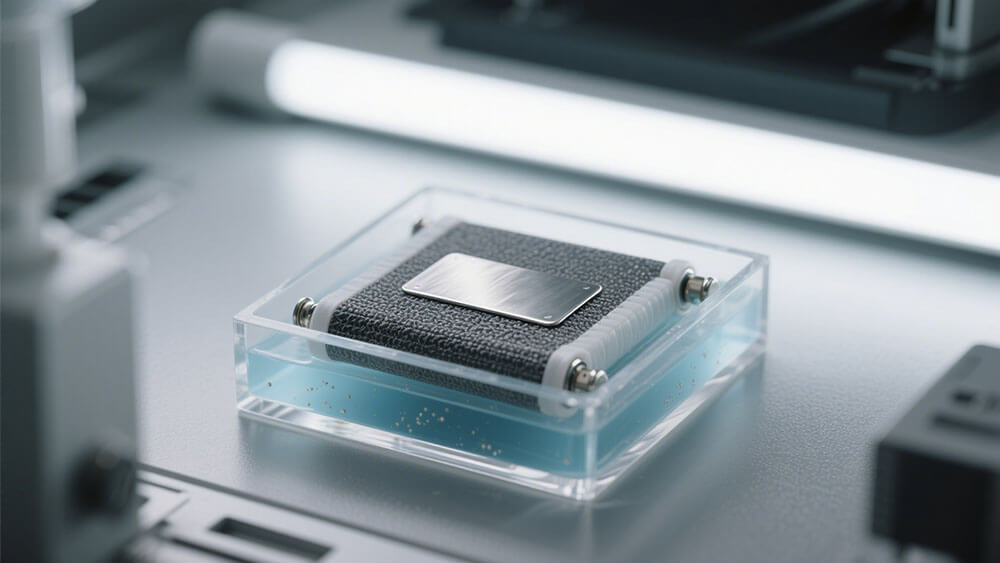
1.1 Definition and Purpose
A lithium-air battery is a cutting-edge energy storage system that combines lithium metal and oxygen from the air to produce electricity. Unlike conventional batteries, which rely on stored reactants, this battery uses oxygen directly from the environment. This unique design significantly reduces the weight of the battery while increasing its energy density. The theoretical energy density of a lithium-air battery reaches an impressive 12 kW·h/kg, making it one of the most promising technologies for high-energy applications.
The purpose of this battery is to address the growing demand for lightweight, high-capacity energy storage solutions. It has the potential to revolutionize industries such as electric vehicles, renewable energy storage, and even aerospace. By leveraging the oxygen reduction reaction at the cathode, the battery achieves unparalleled efficiency in energy conversion. This innovation positions lithium-air batteries as a transformative technology in the quest for sustainable energy solutions.
Did you know? The concept of lithium-air batteries was first proposed in the 1970s. Since then, researchers have made significant advancements in understanding its electrochemical processes.
1.2 Key Differences from Lithium-Ion Batteries
Lithium-air batteries differ from lithium-ion batteries in several fundamental ways. While lithium-ion batteries rely on intercalation chemistry, where lithium ions move between electrodes, lithium-air batteries utilize a chemical reaction between lithium and oxygen. This difference allows lithium-air batteries to achieve a much higher theoretical energy density of 5,200 Wh/kg compared to the 150-250 Wh/kg of lithium-ion batteries.
Another key distinction lies in the structure of the cathode. Lithium-ion batteries use solid cathodes, whereas lithium-air batteries employ porous carbon cathodes that facilitate the oxygen reduction reaction. This design enables the battery to draw oxygen from the air, eliminating the need for heavy oxidizing agents. However, the cycle life of lithium-air batteries is currently shorter, with approximately 50 cycles compared to over 1,500 cycles for lithium-ion batteries.
Feature | Lithium-Air Batteries | Lithium-Ion Batteries |
|---|---|---|
Theoretical Energy Density | 5,200 Wh/kg | 150-250 Wh/kg |
Practical Energy Density | 362 Wh/kg | N/A |
Cycle Life | ~50 cycles | ~2,000 cycles |
Efficiency | Degrades due to internal reactions | Improved with material advancements |
1.3 Why Lithium-Air Batteries Are Considered Revolutionary
Lithium-air batteries are considered revolutionary due to their unparalleled energy density and lightweight design. By utilizing oxygen from the air, these batteries eliminate the need for heavy cathode materials, making them significantly lighter than traditional batteries. This feature is particularly advantageous for applications like electric vehicles, where reducing weight directly enhances performance and range.
The high theoretical energy density of lithium-air batteries also makes them a game-changer for renewable energy storage. They can store large amounts of energy in a compact form, enabling efficient integration with solar and wind power systems. Furthermore, their reliance on abundant materials like lithium and oxygen aligns with global sustainability goals, reducing the environmental impact of battery production.
In addition to their technical advantages, lithium-air batteries represent a significant step forward in the pursuit of sustainable energy technologies. Their potential to replace fossil fuels in various sectors underscores their importance in the transition to a greener future.
Part 2: How Does a Lithium-Air Battery Work?
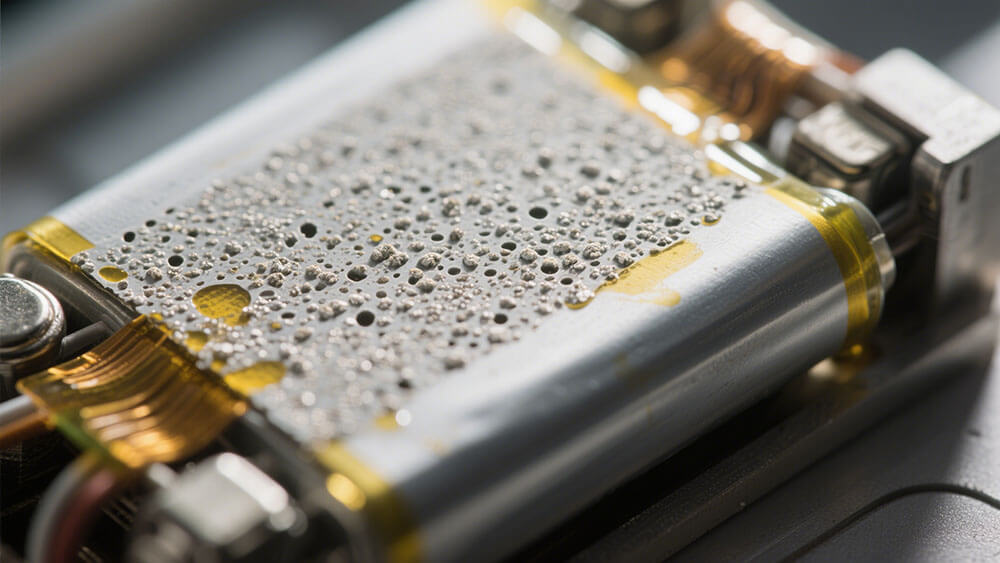
2.1 The Role of the Lithium Anode in Energy Storage
The lithium anode plays a pivotal role in the energy storage capabilities of a lithium-air battery. As the primary source of lithium ions, it drives the electrochemical reactions that generate electricity. Unlike traditional lithium-ion batteries, which rely on intercalation chemistry, lithium-air batteries utilize pure lithium metal in the anode. This choice significantly enhances energy density, enabling the battery to achieve high specific energy levels.
Engineering Insight:
The concept developed by Li’s team utilizes pure lithium in the anode due to its exceptional energy density, which is crucial for enhancing the performance of lithium-air batteries. Current lithium-ion batteries have a specific energy of around 200 watt-hour per kilogram, while lithium-air batteries aim for a target of 1,000 watt-hour per kilogram, indicating the significant role of the lithium anode in achieving this goal.
The lithium anode also contributes to the lightweight design of the battery. By minimizing the use of heavy materials, it ensures that lithium-air batteries remain compact and portable. This feature makes them ideal for applications requiring high energy density and efficiency, such as electric vehicles and renewable energy storage systems.
2.2 Oxygen Reduction at the Air Cathode
The air cathode is another critical component of a lithium-air battery. It facilitates the oxygen reduction reaction (ORR), where oxygen from the air interacts with lithium ions to produce energy. This process occurs on a porous carbon cathode, which allows oxygen to diffuse and react efficiently.
Key experimental findings highlight the importance of ORR kinetics in determining the battery’s performance:
The nucleation and transport kinetics of Li₂O₂ are critical for the electrochemical performance of lithium-air batteries.
Microscale behaviors of Li₂O₂ directly influence macroscopic performance, emphasizing the role of Li⁺ ions in energy conversion.
Improved methodologies have achieved a capacity enhancement of 150%, showcasing advancements in reaction efficiency.
The air cathode’s ability to utilize oxygen from the environment eliminates the need for stored oxidizing agents, further reducing the battery’s weight. This innovative design not only boosts energy density but also aligns with sustainable energy goals by leveraging abundant natural resources.
2.3 Electrochemical Reactions and Energy Generation
The core of a lithium-air battery lies in its electrochemical reactions. During discharge, lithium from the anode reacts with oxygen at the cathode to form lithium peroxide (Li₂O₂) or lithium hydroxide (LiOH), depending on the electrolyte used. These reactions release energy, which powers devices connected to the battery.
The simplified reaction during discharge can be represented as:
Li + O₂ → Li₂O₂ (non-aqueous systems)
Li + O₂ + H₂O → LiOH (aqueous systems)
During charging, the reverse reaction occurs. Lithium peroxide or lithium hydroxide decomposes, regenerating lithium metal at the anode and releasing oxygen at the cathode. This reversible process ensures the battery’s reusability and supports its role as a sustainable energy storage solution.
The efficiency of these reactions depends on several factors, including the purity of the air, the stability of the electrolyte, and the design of the cathode. By optimizing these elements, researchers aim to maximize the battery’s capacity and energy density.
2.4 Charging and Discharging Mechanisms
The charging and discharging mechanisms of a lithium-air battery are central to its functionality. During discharge, lithium ions migrate from the anode through the electrolyte to the cathode, where they combine with oxygen to form reaction products. This process releases energy, which can be harnessed for various applications.
Charging reverses this process. An external power source drives the decomposition of lithium peroxide or lithium hydroxide, regenerating lithium metal at the anode and releasing oxygen at the cathode. This cycle enables the battery to store and release energy repeatedly.
The efficiency of these mechanisms depends on minimizing energy losses during the charge-discharge cycle. Advanced designs, such as solid-state electrolytes and optimized cathode structures, aim to reduce overpotential and improve overall performance. These innovations are crucial for achieving the high specific energy and capacity targets of lithium-air batteries.
Part 3: Advantages of Lithium-Air Batteries
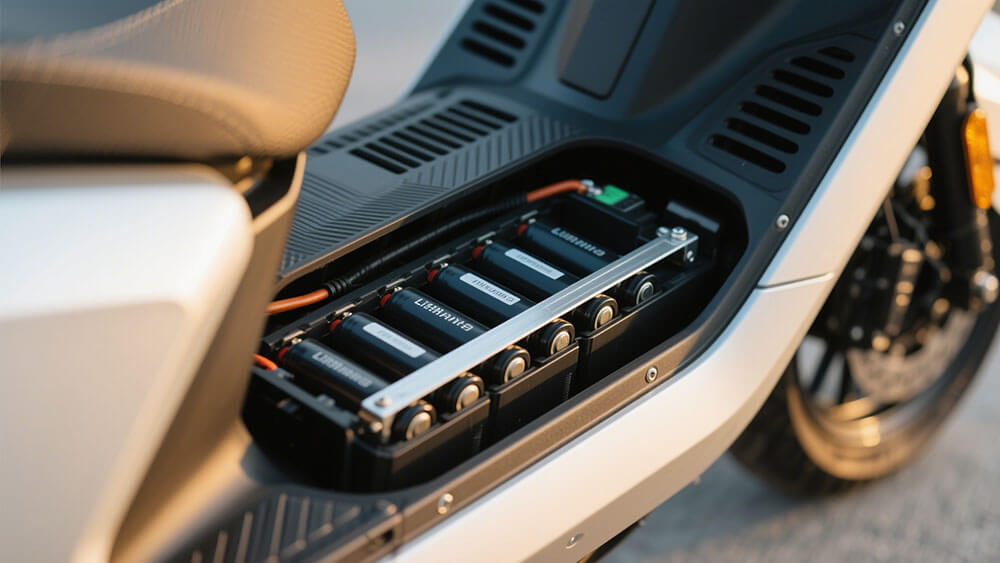
3.1 High Energy Density and Lightweight Design
Lithium-air batteries stand out due to their exceptional energy density and lightweight structure. These batteries achieve a practical energy density of over 300 Wh/kg, which is more than double that of commercial lithium-ion batteries, typically around 150 Wh/kg. Some advanced lithium-air designs even exceed 500 Wh/kg, making them ideal for applications where weight and energy capacity are critical.
This high energy density directly benefits industries like electric vehicles (EVs), where reducing battery weight can significantly enhance EV range. By utilizing oxygen from the air instead of storing heavy oxidizing agents, lithium-air batteries minimize material usage, further contributing to their lightweight design. This innovation addresses the growing demand for efficient, high-capacity energy storage solutions in EVs and other sectors.
3.2 Potential for Extended Battery Life
Lithium-air batteries also show promise for extended battery life. Research published in Nature Chemistry highlights how a stable electrolyte enables the reversible formation of lithium peroxide. This stability minimizes performance degradation, allowing the battery to maintain efficiency over more than 100 charging cycles. While this cycle life is still developing, it demonstrates the potential for lithium-air batteries to meet the increasing demand for durable energy storage systems.
For practical applications of lithium-air battery technology, such as EVs, this longevity could reduce the frequency of battery replacements, lowering costs and improving sustainability.
3.3 Environmental Benefits Compared to Other Batteries
Lithium-air batteries align with global sustainability goals by leveraging abundant and natural resources like lithium and oxygen. Unlike traditional batteries, which rely on heavy metals and complex manufacturing processes, lithium-air batteries reduce material consumption and environmental impact. Their lightweight design also decreases the energy required for transportation and installation.
Additionally, these batteries support the transition to renewable energy by providing efficient storage solutions for solar and wind power. This capability makes them a key player in reducing reliance on fossil fuels and addressing the growing battery demand in sustainable energy systems. To learn more about sustainability in battery development, visit Sustainability at Large Power.
Note: Lithium-air batteries represent a significant step forward in creating environmentally friendly energy storage solutions. Their potential to transform industries like EVs and renewable energy storage underscores their importance in the future of sustainable technology.
Part 4: Applications and Future Potential
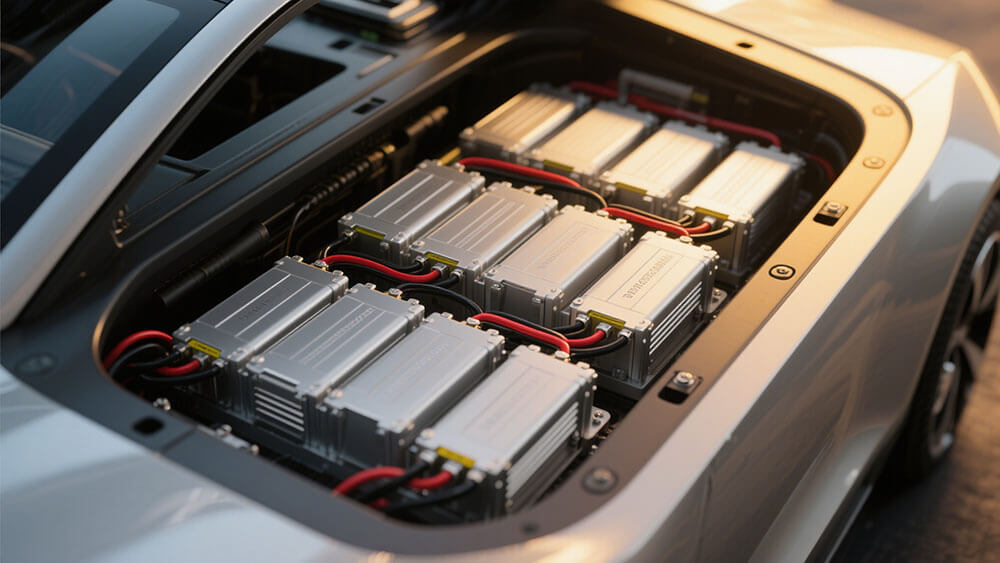
4.1 Electric Vehicles: Enhancing Range and Performance
Lithium-air batteries hold immense promise for revolutionizing electric vehicles (EVs). Their ability to store significantly more energy than lithium-ion batteries directly addresses one of the most pressing concerns in EV adoption—range anxiety. By offering a practical energy density exceeding 500 Wh/kg, these batteries can extend the driving range of EVs, making long-distance travel more feasible.
The unique chemistry of lithium-air batteries also enhances performance. Unlike traditional lithium-ion systems, these batteries utilize oxygen from the air, reducing weight and increasing energy efficiency. A recent study highlights that a novel mediator improves charge transport, leading to longer-lasting and more reliable EV batteries. This advancement could transform the EV market by providing vehicles with extended lifespans and reduced maintenance costs.
Findings | Implications for EVs |
|---|---|
Lithium-air batteries can store significantly more electricity at the same weight as lithium-ion cells. | This could lead to increased range for electric vehicles, potentially alleviating range anxiety. |
A novel mediator improves charge transport and counters performance hindrances. | Enhancements in battery life and efficiency could result in longer-lasting and more reliable EV batteries. |
The charge/discharge process differs from standard lithium-ion chemistry. | This unique process may offer advantages in energy density and overall performance. |
4.2 Renewable Energy Storage: Supporting Grid Integration
The intermittent nature of renewable energy sources like solar and wind requires efficient storage solutions. Lithium-air batteries provide a viable option for grid-scale energy storage due to their high energy density and lightweight design. These batteries can store large amounts of energy during peak production periods and release it when demand increases, ensuring a stable power supply.
Their reliance on abundant resources like lithium and oxygen aligns with sustainability goals. By integrating lithium-air batteries into renewable energy systems, you can reduce reliance on fossil fuels and support the transition to a greener energy infrastructure. This capability makes them a key player in addressing the growing demand for energy storage solutions.
4.3 Research Trends and Development Goals
Ongoing research and development efforts aim to overcome the challenges associated with lithium-air batteries. Significant breakthroughs have already been achieved. For instance, researchers at Argonne National Laboratory and Illinois Institute of Technology developed a lithium-air battery in 2023 with up to four times the range of lithium-ion batteries. This innovation demonstrates the potential for lithium-air technology to redefine energy storage.
Key trends in this field include advancements in battery efficiency, safety, and longevity. Innovations are addressing issues related to stability and charge-discharge cycles, paving the way for commercial viability. The rising share of renewable energy sources, projected to meet 35% of global power generation by 2025, further drives the demand for advanced energy storage solutions.
Advancements in battery technology are enhancing efficiency, safety, and longevity of lithium-air batteries.
Innovations are addressing challenges related to stability and charge-discharge cycles.
The growing need for energy storage solutions is driven by the intermittent nature of renewable energy sources.
Lithium-air batteries represent a pivotal advancement in energy storage technology. Their ability to store excess energy during peak renewable production ensures a stable power supply, optimizing sustainability efforts. With the market projected to reach $2.35 billion by 2024, ongoing research will unlock their full potential, transforming industries and supporting the global shift toward renewable energy.
FAQ
1. How does a lithium-air battery differ from other batteries?
Lithium-air batteries use oxygen from the air as a reactant, unlike traditional batteries that store reactants internally. This design increases energy density and reduces weight.
2. Can lithium-air batteries be used in electric vehicles?
Yes, their high energy density and lightweight design make them ideal for electric vehicles, enhancing range and performance compared to lithium-ion batteries.
Tip: To explore how lithium-ion batteries can be customized for your specific needs, visit Large Power’s custom battery solutions.
3. Are lithium-air batteries environmentally friendly?
Absolutely! They rely on abundant resources like lithium and oxygen, reducing material consumption and supporting renewable energy integration for a sustainable future.




